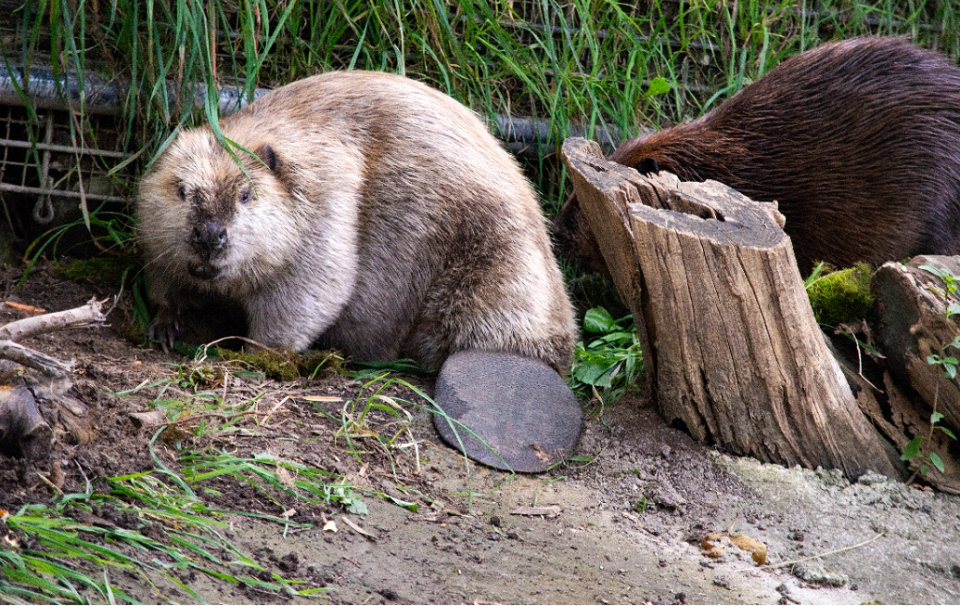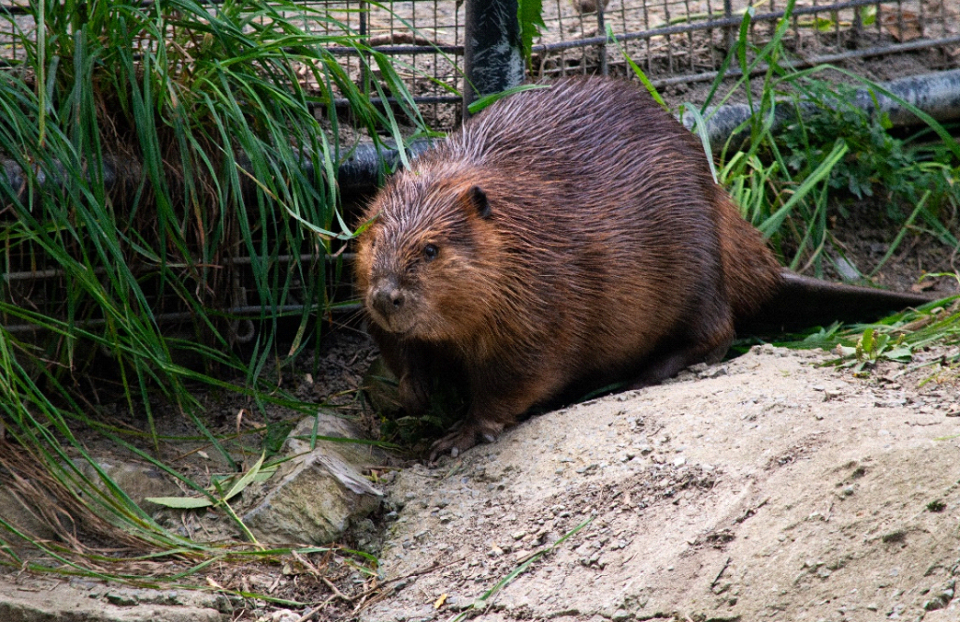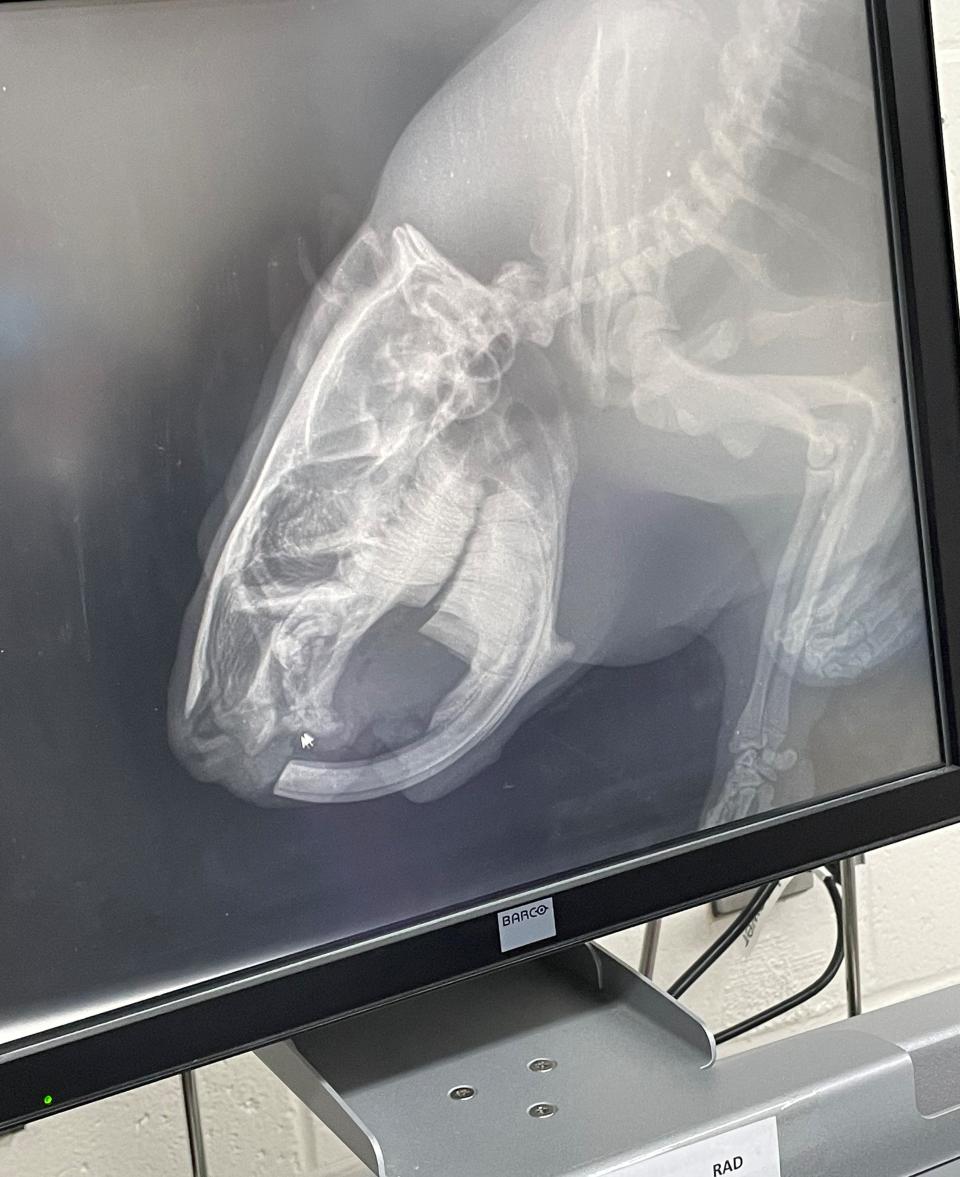Utica Zoo loses two habitat mates of different causes in same week
The Utica Zoo has announced the death of two of its residents: North American beavers Frances, a male, and Jolene, a female.
The beavers were a relative rarity at the zoo — a native species on exhibit in a place full of African lions, Transcaspian urials, Bennett’s wallabies, red pandas and other species from around the world. But that didn’t mean they didn’t make a big impact, zoo officials said.
They served as ambassadors for their species, showing visitors the biology, behavior and social nature of their species as they swam in their pool and engineered their shelter, staff said.

Frances’s health has been declining for a few months from respiratory issues, according to the zoo. Staff made the difficult decision last week to euthanize the 5 ½-year-old beaver.
Jolene, who was not quite three, just moved to the zoo this year to join Frances. Staff saw her swimming around one day last week and did not notice anything to suggest she was unwell. But Jolene died overnight; keeps discovered her body in the morning.
Her stomach had ruptured, according to an initial pathology report. Beavers cannot vomit, regurgitate (expel food from the esophagus) or burp so they sometime suffer from abdominal pain and gastric dilation, according to the zoo.
The median life span for a beaver (meaning, of those beavers that live to one year old, half live longer and half die sooner) is 10.6 years, according to the Association of Zoos and Aquariums, of which the Utica Zoo is a member.

Frances made the news back in 2021 when he was one of the first three animals to get X-rayed on a machine donated to the zoo by the Mohawk Valley Health System. He needed the X-rays for dental work; his top teeth had already fallen out.
The Utica also owns the 1,300–acre Beaversprite Conservation Education Center near Dolgeville in the town of Oppenheim in Fulton County, which was created as a beaver sanctuary by Dorothy and Al Richards who lived and studied beavers on the property since the 1930s. The center serves as a preserve for beavers and all native species found there, provides a site for educational programs by the zoo and includes walking trails. Plans also call for conservation projects and research.

The Richards’ house including its beaver-chewed woodwork and a no-longer-used, stream-fed pool in the basement —for beavers— still stands on the property, but only opens for private tours.
Beavers, the largest rodent in North America, are known, of course, for chopping down trees and using the wood to construct dams to block waterways and create ponds. Beavers also primarily eat tree bark and cambium, another layer of the trunk, according to the zoo.
More: Utica Zoo welcomes a new furry friend: Khairo the red panda
More: Tough decisions at Utica Zoo following tamarin family tragedy, re-certification process
Hunters at one time had almost extirpated the native mammals from New York, but they have made a big comeback as hunting and the popularity of beaver fur declined. They are now considered a species of least concern.
North American beavers, which live in wooded areas throughout the United States, Canada and Northern Mexico, typically grow to between 3 and 4 feet long and weigh between 24 and 71 pounds, according to the zoo.
This article originally appeared on Observer-Dispatch: Both beavers at Utica Zoo die same week, different causes

